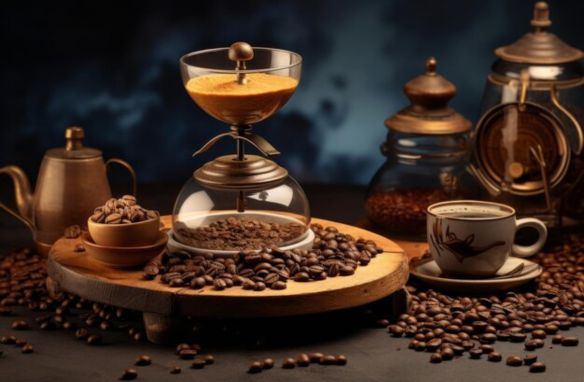Introduction (150-200 words)
Coffee is more than just a morning pick-me-up—it’s an art, a science, and for many, a daily ritual. From its aroma to its rich, complex flavors, a perfectly brewed cup of coffee can be a true delight. But what exactly makes coffee “perfect”? While personal preference plays a role, brewing the perfect cup often comes down to understanding the science behind extraction, grind size, water temperature, and brewing time.
In this blog, we’ll explore the key scientific factors that go into brewing coffee and offer tips for mastering different methods, including drip brewing, French press, pour-over, and espresso. Whether you’re a casual drinker or an aspiring barista, these brewing tips will help you achieve coffee perfection, one cup at a time.
The Basics of Coffee Extraction: Time, Temperature, and Grind Size
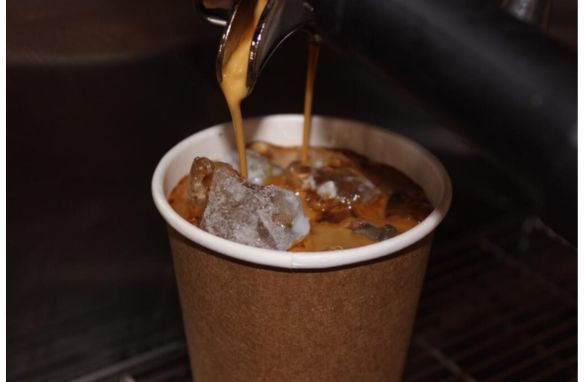
Before diving into specific brewing methods, it’s important to understand the science behind coffee extraction. Coffee brewing is all about extracting soluble compounds from the ground coffee beans. The three key factors that affect this process are time, temperature, and grind size.
- Extraction time: The longer coffee grounds are in contact with water, the more compounds are extracted. Too short, and your coffee may be under-extracted and taste sour. Too long, and it can become over-extracted and bitter.
- Water temperature: The ideal brewing temperature is between 195-205°F (90-96°C). Too hot and the coffee will over-extract; too cool, and you won’t extract enough flavor.
- Grind size: Different brewing methods require different grind sizes. Finer grounds extract more quickly, while coarser grounds take longer. Matching the grind size to your brewing method is crucial for a balanced cup.
Drip Brewing: The Classic Coffee Maker
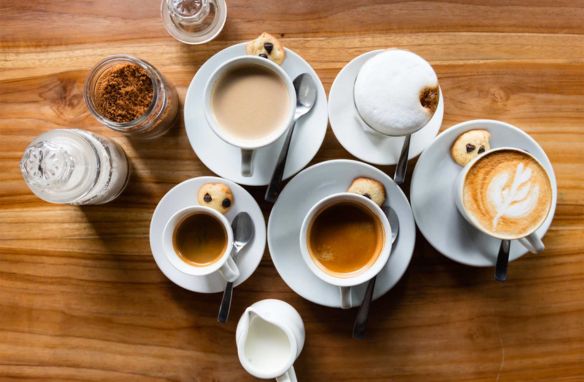
Drip brewing, or using an automatic coffee maker, is one of the most common brewing methods. Though simple, there are a few key tips to elevate the quality of your drip coffee.
- Grind size: Medium grind is ideal for drip brewing. Too fine will result in over-extraction and bitterness; too coarse, and the coffee may taste weak.
- Coffee-to-water ratio: The standard ratio is 1:15 or 1:16, meaning 1 gram of coffee for every 15-16 grams of water. This ensures the right balance of flavor and strength.
- Filter type: Paper filters produce a cleaner cup by absorbing oils, while metal filters let more oils through, resulting in a richer body. Choose based on your flavor preference.
French Press: Rich and Full-Bodied
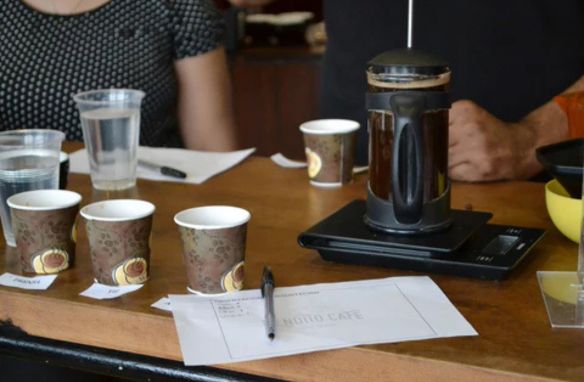
The French press, or press pot, is known for producing a bold, full-bodied cup of coffee. Since this method allows the grounds to steep in the water for several minutes, it extracts more oils and flavors than other methods.
- Grind size: Use a coarse grind. Finer grounds can pass through the mesh filter and result in a gritty cup.
- Brewing time: Let the coffee steep for about 4 minutes before pressing the plunger. Steeping for too long will lead to over-extraction and bitterness.
- Stir and bloom: After adding hot water to the grounds, give the mixture a quick stir to ensure all the coffee is saturated. Allow it to “bloom” for about 30 seconds to release gases and enhance flavor.
Pour-Over: Precision and Clarity
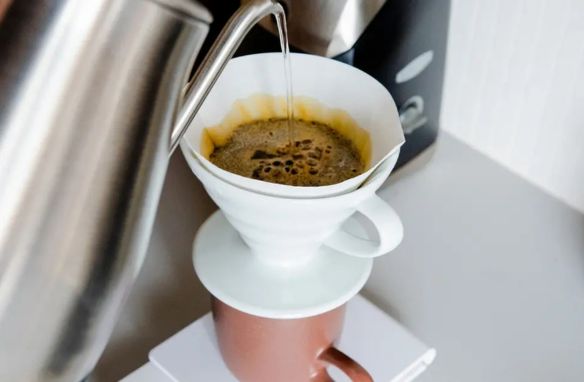
Pour-over methods, such as using a Hario V60 or Chemex, offer incredible control over the brewing process and produce a clean, nuanced cup of coffee. Pour-over is all about precision, from the grind size to the water pouring technique.
- Grind size: A medium-fine grind works best for pour-over methods, allowing water to flow through the coffee bed at a steady rate.
- Water pouring technique: Pour in a circular motion, starting at the center and moving outward. Pour slowly and steadily, ensuring even saturation of the grounds. Pause between pours to allow the coffee to bloom.
- Coffee-to-water ratio: Use a 1:15 or 1:16 ratio for a balanced brew. For example, 20 grams of coffee to 300 grams of water.
Espresso: Concentrated and Intense
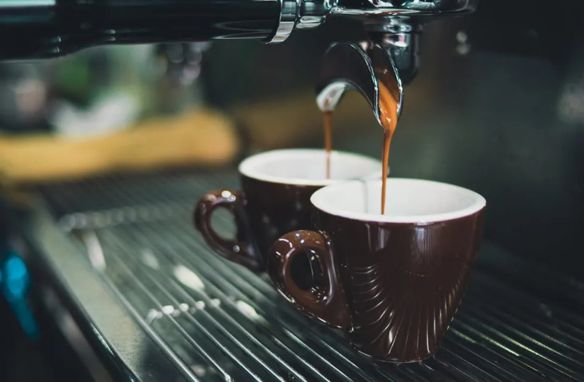
Espresso is the foundation for many coffee drinks, from cappuccinos to lattes. This method uses pressure to force hot water through finely ground coffee, creating a small but intensely flavored shot.
- Grind size: Espresso requires a fine grind, similar to table salt. The finer grind ensures proper extraction in a short time.
- Brewing time: A well-pulled shot of espresso takes about 25-30 seconds to extract. Any longer and you risk bitterness; any shorter and the coffee may taste sour or weak.
- Tamping pressure: Evenly tamping the coffee grounds with about 30 pounds of pressure ensures that water flows through evenly, preventing channeling.
Cold Brew: Smooth and Low-Acidity
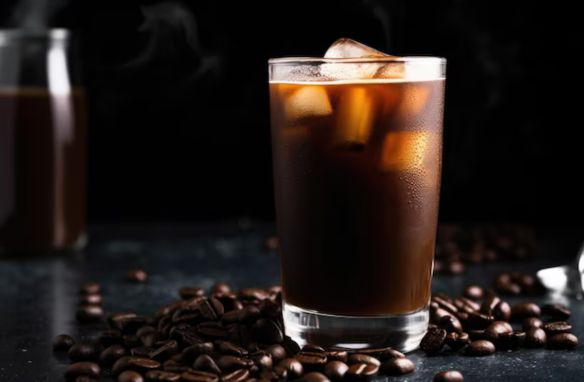
Cold brew is made by steeping coffee grounds in cold water for an extended period, typically 12-24 hours. This method produces a smooth, low-acid coffee that’s perfect for hot summer days or as a refreshing iced coffee.
- Grind size: Coarse grind is ideal for cold brew, allowing for slow extraction without bitterness.
- Brewing time: Steep the coffee grounds in cold water for 12-24 hours in the fridge. The longer it steeps, the stronger the flavor will be.
- Coffee-to-water ratio: Use a 1:4 or 1:5 ratio of coffee to water for a concentrated brew that can be diluted with water or milk.


